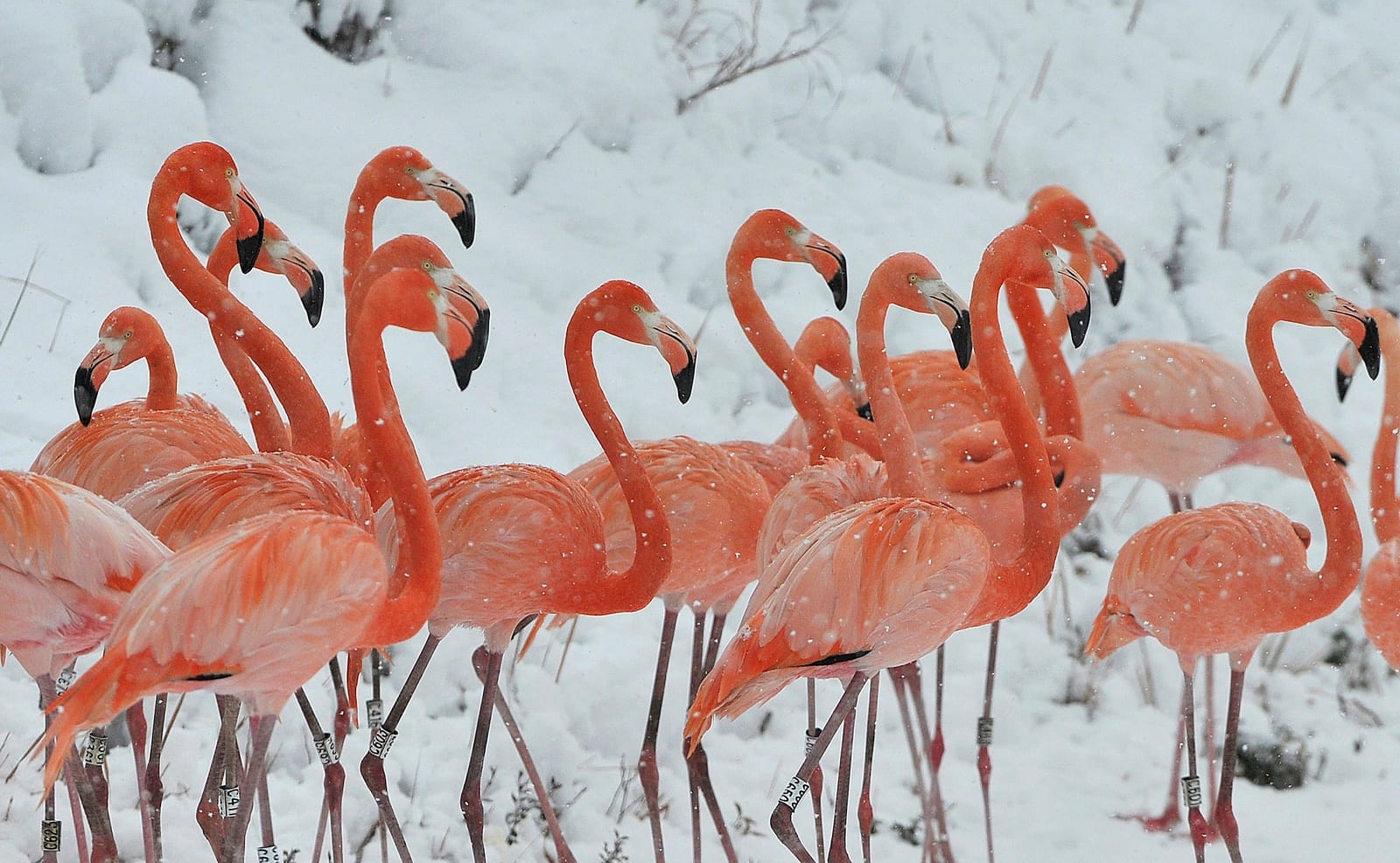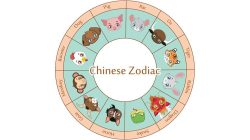Animals That Love to Dance
Dancing is often considered a uniquely human activity, but many animals also exhibit movements that resemble dancing. Whether it’s for attracting a mate or responding to music, these creatures show that rhythm and movement are not exclusive to humans.
Animals dance for various reasons. Some respond to sounds, while others engage in natural behaviors during courtship. Regardless of the motivation, their performances are often fascinating to observe.
Here are five animals known for their impressive dance moves:
1. Mudskippers
Mudskippers are aquatic creatures that live in muddy environments. They are known for their remarkable displays, which include snout touching, dorsal fin displays, body arching, and tail twirling. These actions are part of their mating rituals, where males try to impress females. In addition to these behaviors, mudskippers are also famous for their impressive leaps into the air, making them true performers of the natural world.
2. Manakin Birds
Manakin birds, found in regions like Ecuador and Colombia, have unique mating dances. One of their most notable behaviors involves generating a ticking sound with their wings, followed by a brief flight and a moonwalk-style move on a branch. These intricate performances are essential for attracting mates and showcasing their agility and coordination.
3. Cockatoos
Cockatoos are another example of animals with a natural sense of rhythm. A neurobiologist at the Neurosciences Institute of San Diego was inspired to study cockatoos after watching a video of a bird named Snowball bobbing its head to the Backstreet Boys. This led to research proving that cockatoos can indeed dance, showing an innate ability to respond to musical beats.
4. Flamingos
Flamingos are known for their vibrant pink feathers and graceful movements. Scientists studying wild greater flamingos in the Camargue have discovered that these birds can perform 136 different dance routines during courtship. The complexity of their dances increases with age until around the age of 20, after which it declines. A popular technique among flamingos is “head flagging,” which prepares the flock for breeding. Both males and females can participate, but the most strikingly colored males typically lead the performance.
5. Elephants
Elephants are known for their gentle and powerful movements. During courtship or social interactions, they often sway their bodies side to side, lift one foot off the ground, and swing their trunks and heads. They also flap their ears and sway their tails. These movements are not only visually captivating but also serve as a form of communication within the herd.
It’s fascinating to see how animals express themselves through movement, much like humans do through dance. From the aerial leaps of mudskippers to the rhythmic swaying of elephants, these creatures demonstrate that dance is a universal language across species. Their performances remind us that the joy of movement is shared by all living beings.







